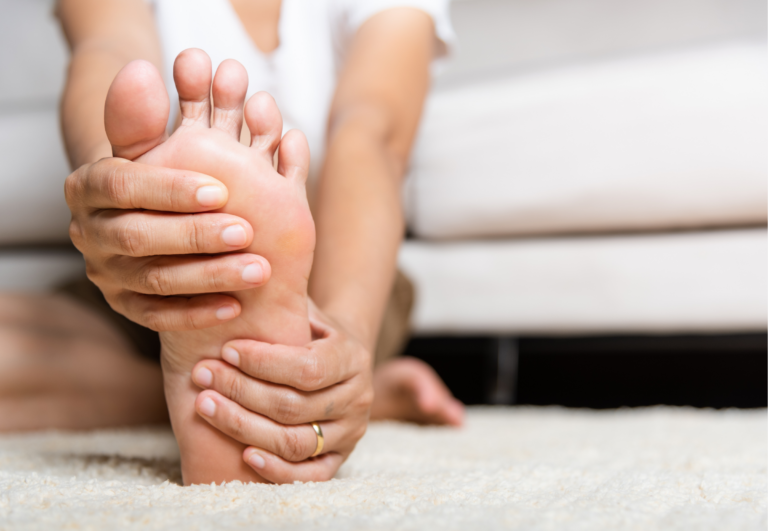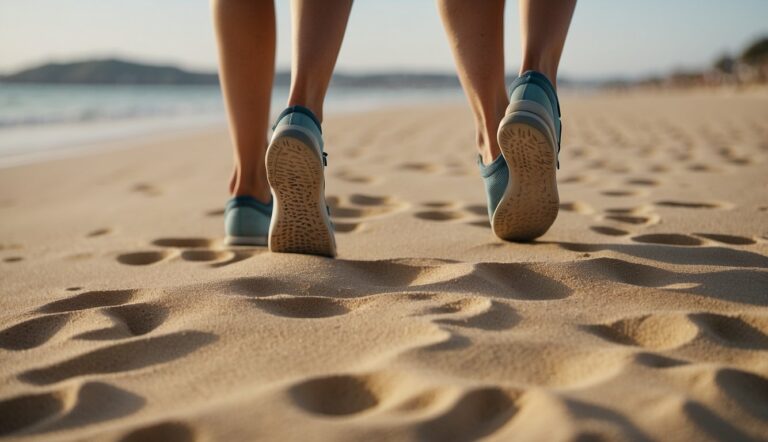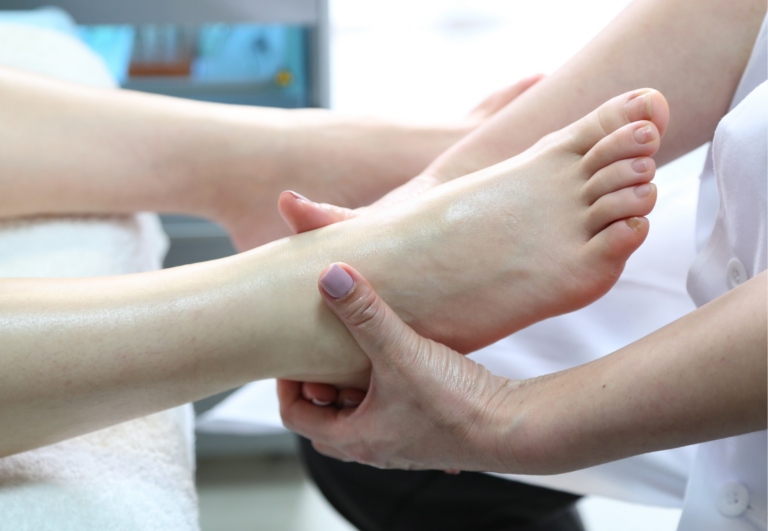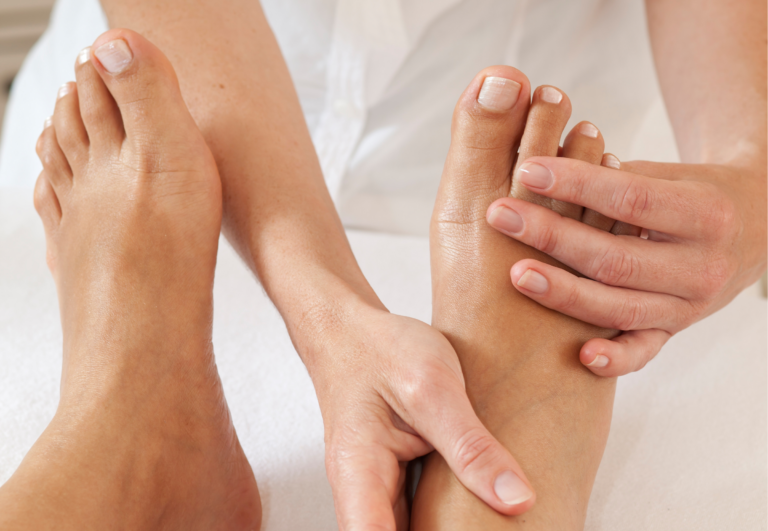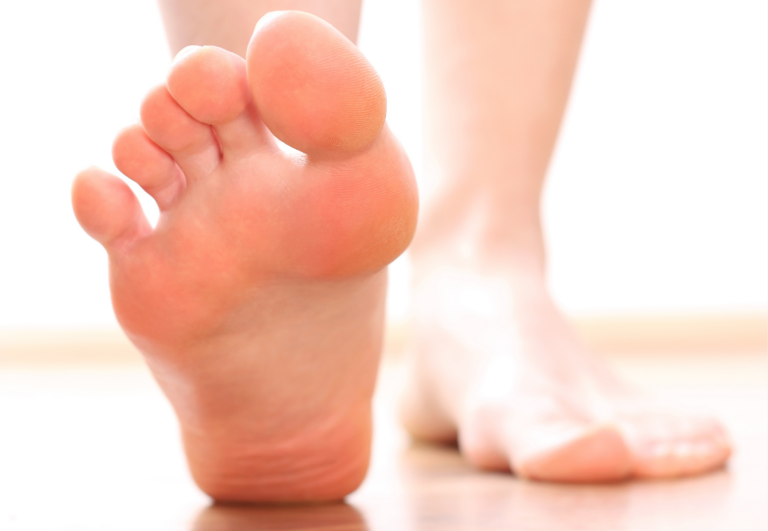How to Increase Foot Flexibility: Essential Exercises for Mobility
Increasing foot flexibility can lead to better support and protection for your feet, enhancing overall foot health. As a toe spacer expert, I’ve seen firsthand how flexibility in the feet can improve balance, contribute to more fluid movement, and provide pain relief from various foot ailments. Whether you stand all day for work, engage in athletic activities, or just want to care for your feet, improving flexibility can make a noticeable difference.
Simple exercises, when practiced regularly, can have a profound effect on foot mobility. Toe raises, points, and curls, for example, are excellent for strengthening the various parts of the feet and toes. Also, incorporating slow and controlled ankle circles can both increase flexibility and prevent stiffness.
Keeping your feet flexible is not just for athletes or dancers; it’s beneficial for everyone. Gentle mobility exercises may help you maintain flexibility and reduce discomfort. From my experience, integrating short, daily routines into your lifestyle can lead to long-term benefits for your feet.
Foot Anatomy and Function
In my experience, understanding the structure of the foot is key to increasing its flexibility. The foot is a complex system that includes bones, muscles, tendons, ligaments, and joints, all working together to provide support and movement.
Roles of Bones, Muscles, and Tendons
Bones: My feet form the foundation of my movement, consisting of 26 bones. The foot can be divided into three parts: the forefoot, containing the toes and the five longer bones known as the metatarsals; the midfoot, a collection of bones forming the arches of the feet; and the hindfoot, which is made up of the ankle and heel. Each toe has three bones, except for the big toe, which has two.
Muscles: These are the powerhouses that control my foot movement. There are over 20 muscles in the foot that are responsible for the various movements of the foot and toes. Two significant muscle groups include the intrinsic muscles, which reside within the foot and control fine motor movements, and the extrinsic muscles, found in the lower leg but attached to the bones of the foot via tendons.
Tendons: Tendons are the strong, flexible cords that connect my muscles to my bones. The most significant tendon in my foot is the Achilles tendon, linking the calf muscles to the heel bone. Other tendons in the foot help to move the toes and support the arch. Tendons play a vital role in my ability to stand, walk, jump, and run by transferring the force generated by my muscles to my bones.
Fundamental Foot Flexibility Exercises
Improving foot flexibility can help reduce heel pain and improve the strength of toe and ankle muscles. As someone who regularly uses toe spacers, I’ve found these exercises effective for maintaining flexibility and overall foot health.
Toe Point and Curl
To strengthen the toe muscles and enhance flexibility, sit in a chair with feet flat on the floor. Extend one leg and point your toes forward, then pull them back towards your shin. Follow this by curling your toes downward. Repeat 10 times and switch feet.
- Point: Extend toes forward, hold for 5 seconds.
- Curl: Curl toes downward, hold for 5 seconds.
Ankle Circles and Flexes
Ankle strength is important for foot flexibility. For circles, lift your foot off the ground and rotate the ankle clockwise for 10 circles, then counterclockwise for another 10. For flexes, keep your heel on the ground and draw your toes upward, then push them downward.
- Circles: 10 clockwise, 10 counterclockwise.
- Flexes: Flex toes up and down, 10 reps each direction.
Heel and Toe Raises
To target calf muscles and provide a stretch along the back of your heel, stand with feet shoulder-width apart. Raise your heels off the ground, stand on your toes, hold, and gently lower back down. Perform 10-15 heel raises at a steady pace.
- Heel raises: Lift heels, hold for 2 seconds, lower with control.
Remember, consistent practice of these exercises can lead to improved foot flexibility and strength.
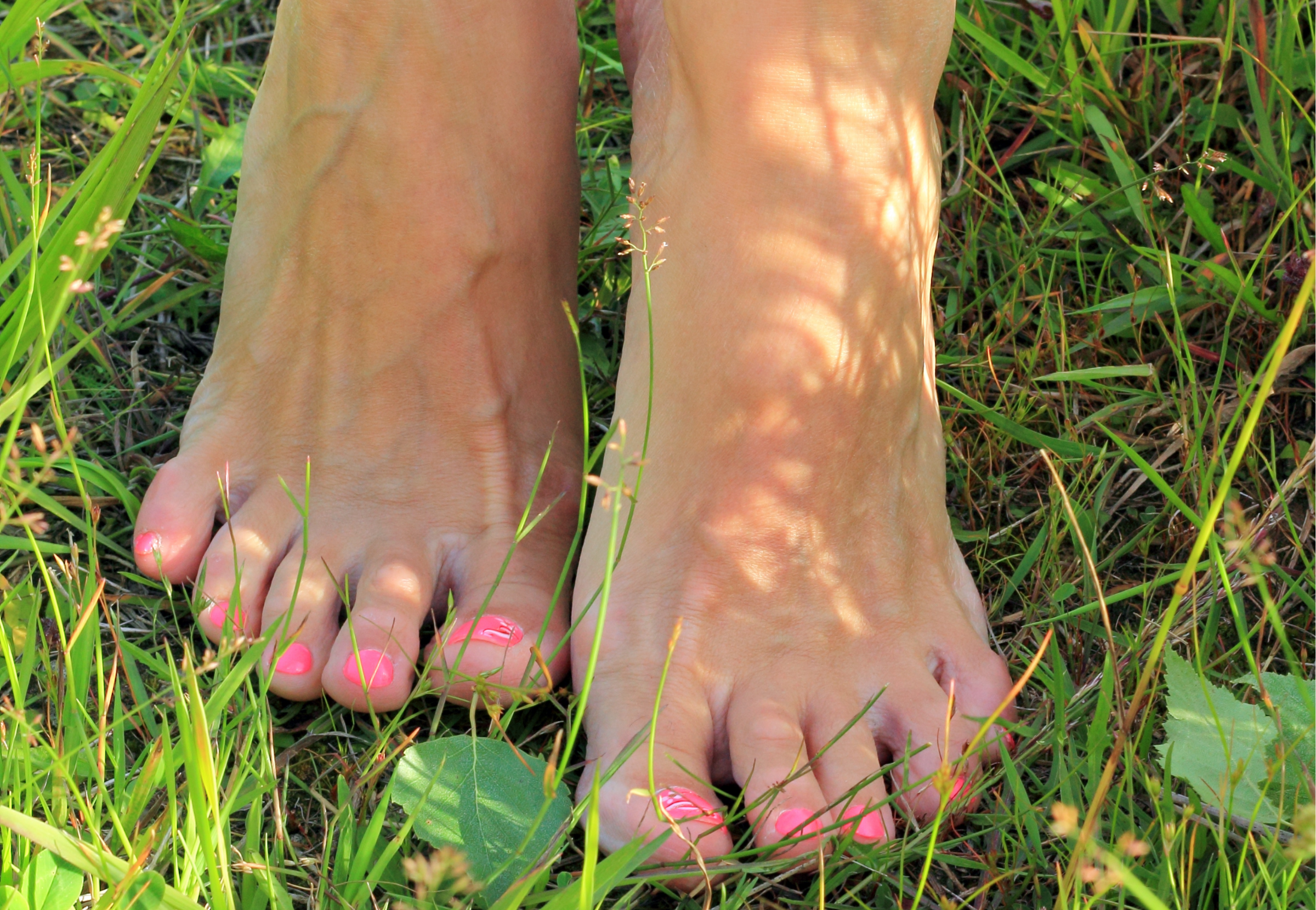
Advanced Stretching Techniques
To enhance foot flexibility, certain specific stretches can be quite effective. As someone with experience using toe spacers, I’ve found that focusing on the Achilles tendon, plantar fascia, and individual toes can provide substantial benefits.
Achilles Tendon Stretches
The Achilles tendon connects calf muscles to the heel bone and is crucial for walking, running, and jumping. An effective stretch is the Achilles stretch which can be done by standing arm’s length from a wall, placing your palms on the wall, and stepping one foot back while keeping your heel on the ground. Bend your front knee and press the back heel to the floor, holding the stretch for about 30 seconds. You should feel a stretch along the back of your lower leg.
Plantar Fascia Stretches
If you’re dealing with arch pain or plantar fasciitis, stretching the plantar fascia can provide relief. One technique involves sitting down and crossing one foot over your knee. Then, pull your toes back towards your shin until you feel a stretch along the bottom of your foot and heel. Hold this position for about 30 seconds.
Toe Extension and Toe Splay
Strengthening and stretching your toes can lead to better balance and foot health. For toe extension, lift your foot and spread your toes as wide as possible, then hold that position to help strengthen the muscles between your toes. Toe splaying involves actively spreading your toes apart and holding them in that position, which can also be aided with the use of toe spacers to increase the stretch. Each stretch should be held for several seconds before releasing.
Strengthening Exercises for Foot Stability
To improve foot stability, it’s vital to engage in exercises that target muscle strength and balance. I’ll share a few focused exercises that are especially effective for these goals.
Marble or Golf Ball Pickups
Marble Pickup: Place a marble on the floor. Using your toes, pick it up and release it into a bowl. Repeat this for multiple repetitions to strengthen the intrinsic foot muscles.
Golf Ball Roll: Alternatively, use a golf ball and roll it under your foot, applying gentle pressure. Focus on rolling the ball from the heel to the toes to engage various muscle groups.
Sand Walking and Resistance Exercises
Sand Walking: Walking barefoot in sand creates resistance, forcing the muscles of your feet and ankles to work harder, thereby increasing strength and stability.
Resistance Exercises: Additionally, using a resistance band, wrap it around your foot while anchored to a stable object. Flex your foot against the band’s resistance, focusing on controlled movements.
Rubber Band Flexor Strengthening
Rubber Band Strengthening: Secure a rubber band around your toes. Spread your toes apart against the resistance. Hold the position, then slowly return your toes to the starting position. This simple exercise will help increase strength and balance in the muscles responsible for toe flexion.
Incorporating Foot Workouts into Daily Life
Incorporating foot flexibility exercises into daily routines is simple and can lead to improved foot health. It’s about being mindful of how you use your feet during everyday activities and making small changes to support and protect them.
Routine Activities and Modifications
During daily routine activities, like walking or running, consciously focus on how your feet are moving. You can make small modifications to ensure you’re enhancing foot flexibility.
- Walking: Take a few minutes to stretch your feet before and after a walk. Point and flex your toes, and use a hand towel to gently pull your toes towards you for a deep stretch.
- Running: Incorporate toe lifts into your pre-run routine to engage the muscles in your feet for better support.
Foot Care and Footwear Considerations
Foot Health: Engage in stretching exercises routinely to maintain foot flexibility. Toe spacers are a helpful tool I recommend for keeping toes aligned and may provide comfort if you’re developing bunions or hammertoes.
- Support and Protection: Always choose shoes that offer ample room for your toes to move. Tight or ill-fitting shoes can impede your foot flexibility efforts.
- Shoes: Invest in shoes with a wide toe box and flexible soles that encourage natural foot movement. It’s also beneficial to alternate between different types of footwear to vary the support your feet receive.
By actively engaging in exercises and being mindful of how you treat your feet, you’ll likely notice improvements in flexibility and overall foot health.

